Find of the Month: How Much Does it Weight? – Nicolle Perez
Find of the Month: February!
After a week away in the field, it is so nice to be back at the Sifting Project. It is my pleasure to present February’s “Find of the Month!” Now, this find requires a lot more research because it is pretty rare.
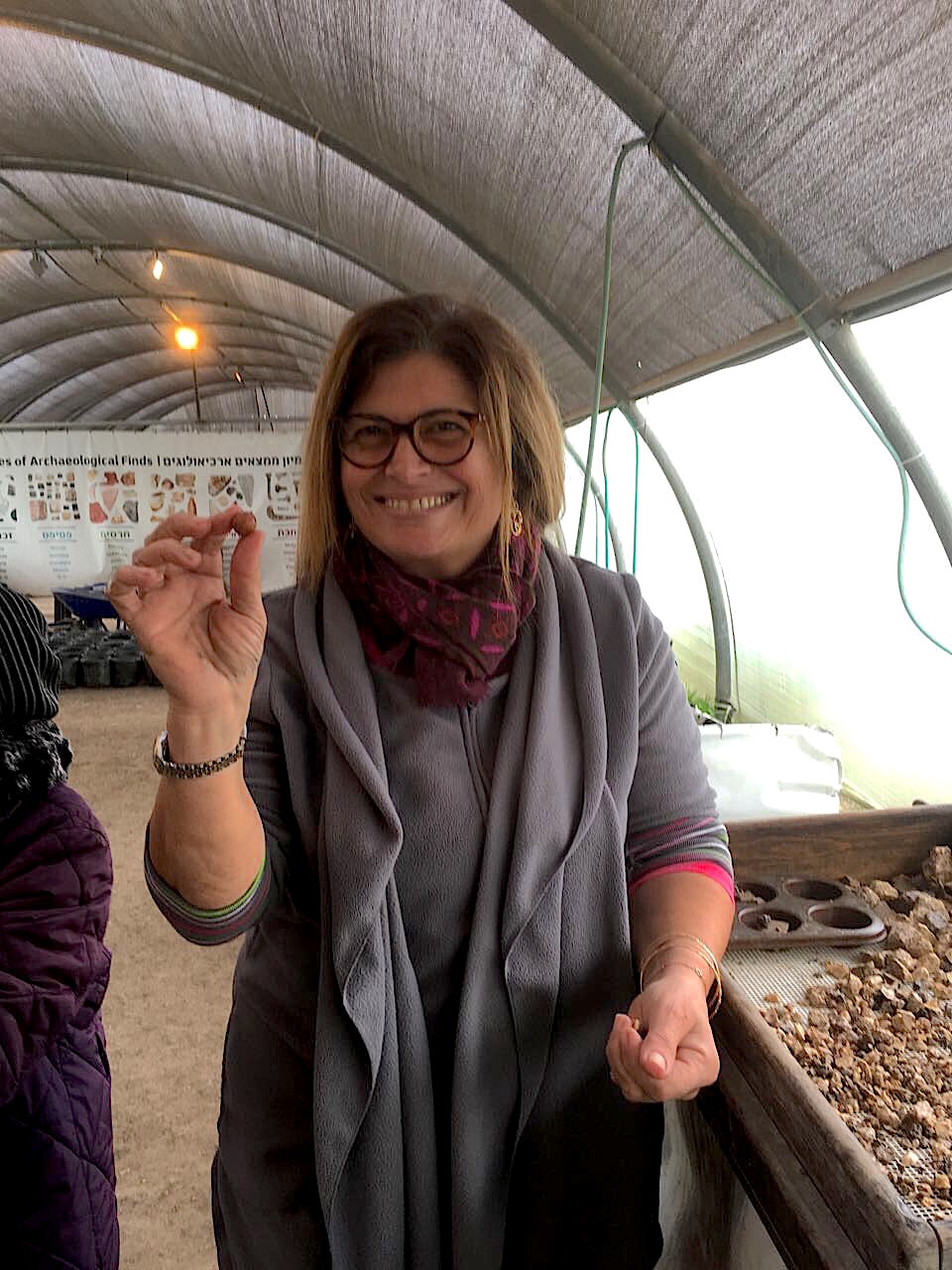 Nicolle Perez from Ma’ale Adumin found this round stone that is likely to be a scale weight. It was her first time volunteering at the Sifting Project and she was really excited to have found something that could potentially be very important to our understanding of the history of the Temple Mount. It is amazing how something so small can provide so much information.
Nicolle Perez from Ma’ale Adumin found this round stone that is likely to be a scale weight. It was her first time volunteering at the Sifting Project and she was really excited to have found something that could potentially be very important to our understanding of the history of the Temple Mount. It is amazing how something so small can provide so much information.
We have found a number of weights in the sifting. Our expert in weights is still looking for parallels that match this stone, because it is unlike most of the other weights we have found in the sifting. By parallels of shape and raw material, this stone is likely from the First Temple period, but more research is necessary to eliminate other possibilities.
In antiquity, before coins were used, weights were used to regulate and measure trade and barter. Most often, these weights would be used to weigh small pieces of silver which were traded as “currency,” although still very different from coinage.
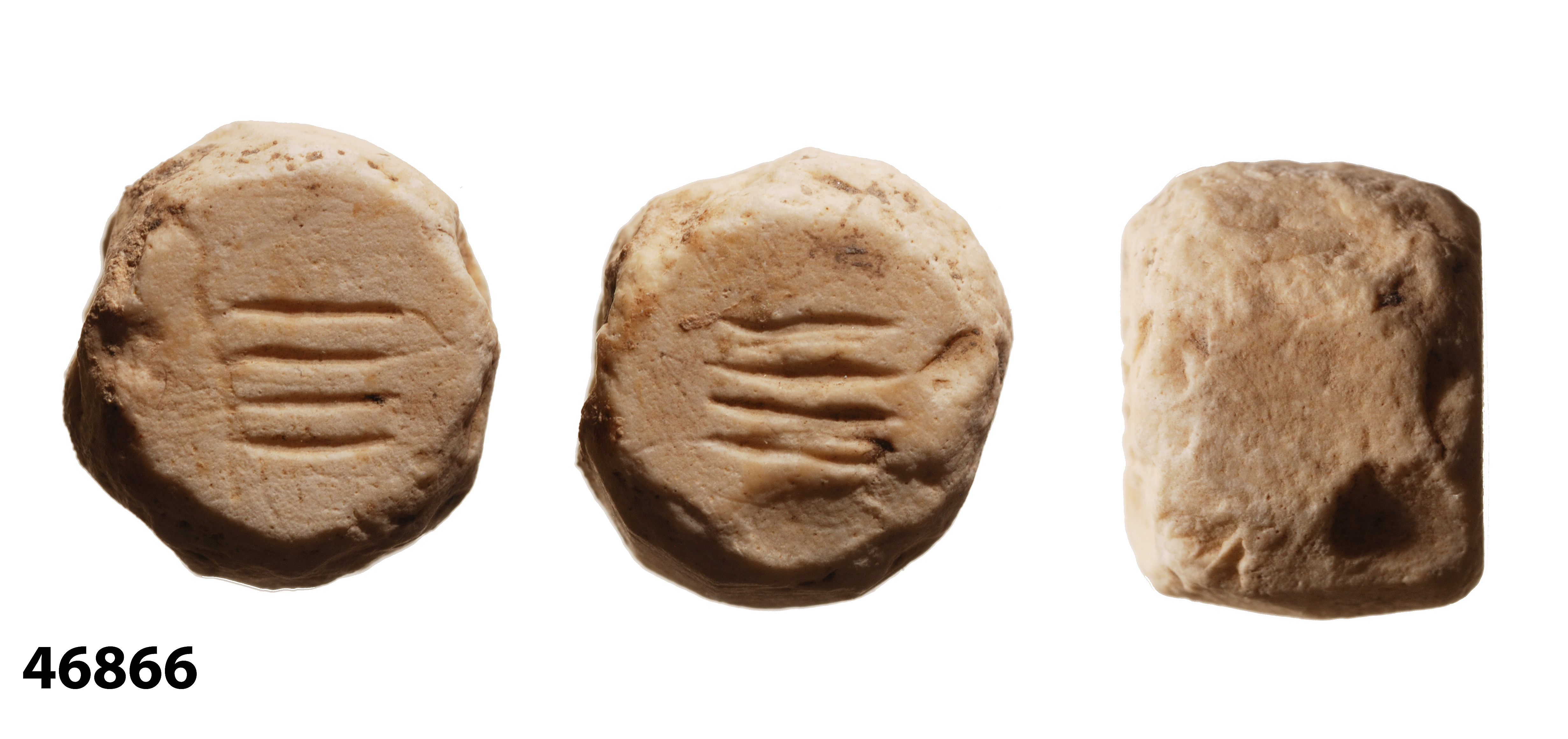
A 4 Gerah Judean scale weight found by the Sifting Project
Weights were used across the ancient world from India to the Aegean and beyond. In the land of Judah, including of course Jerusalem, the system of measurement for weights was based on the Shekel and is also mentioned numerous times in the Old Testament.
The shekel had many sub-units. This meant things could be weighed by half a shekel, or commonly in multiples of 2, 4, and 8 and deviations of Beqa, Pym, and Nesef. We know of Beqa and Pym from the Bible as well as smaller deviations known as Gerah. The system was centered on a central unit of c. 11.33g.
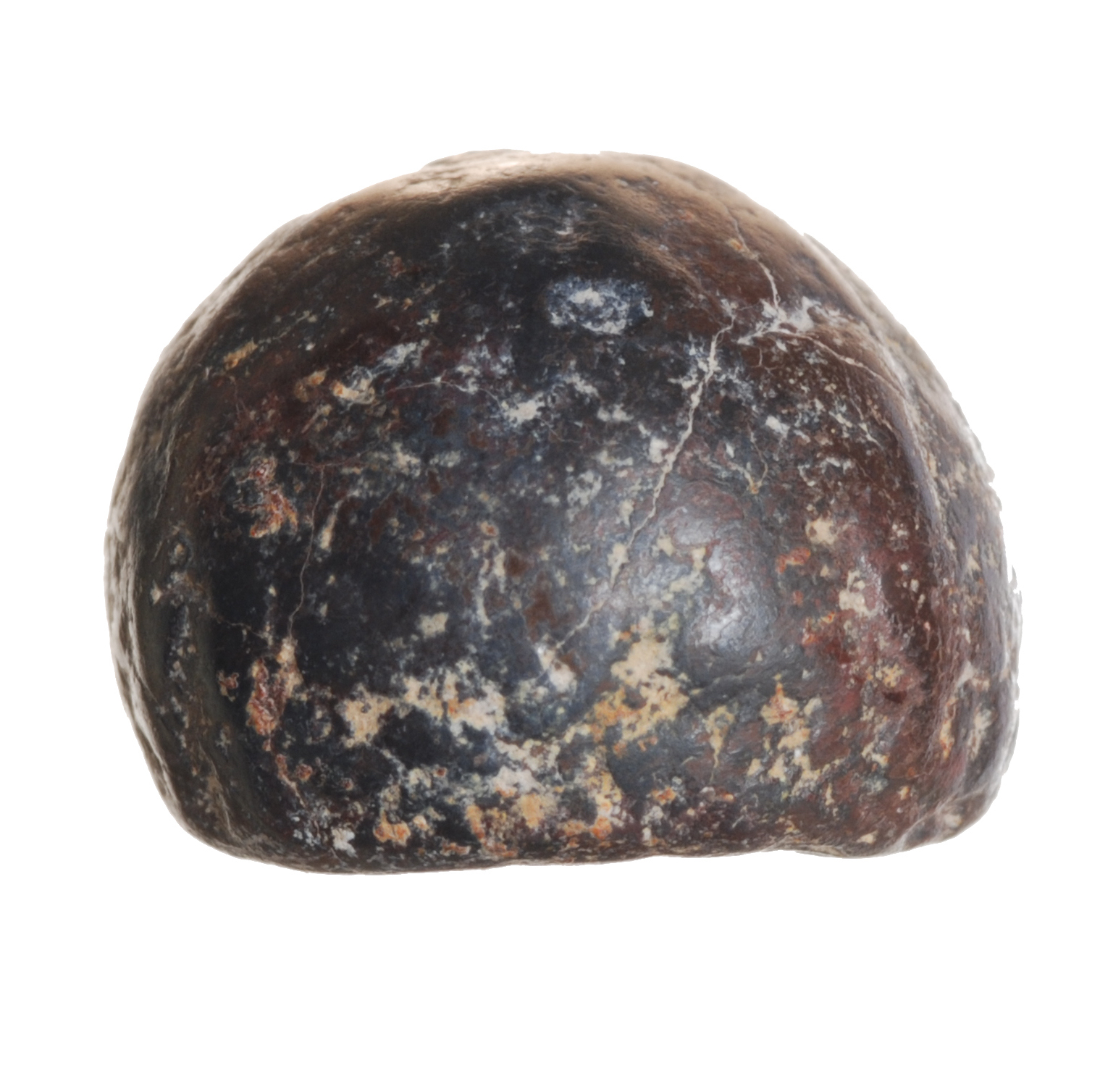
Judean scale weight
More than 500 inscribed Judean scale weights from the Iron Age have been found and published and they create a very homogenous weight-system. Most of these weights are made of local limestone and shaped as domes with flat bases. Many are inscribed with the names of the various units of measurement such as the Nesef and Pym, while smaller units (Gerah weights) and larger units (multiples of the Shekel) are often inscribed with hieratic numerals. Across Judah, these weights appeared in the 8th century BCE, but they mainly come from the stratigraphic layers dating to the 7th century BCE. Recent research done in Khirbet Qeiyafa by our own expert of scale weights show that the system of the Judean Shekel was used as early as the 10th century BCE. It seems as though weights went out of use by 586 BCE and did not function by the time of the Persian period where we see the first coins.
The first dome shaped weights were found in Jerusalem in 1881 by the German excavator Hermann Guthe. Judean scale weights have been found in large numbers in almost every excavation of the Iron Age ever done in Jerusalem, supporting the fact that Jerusalem in the First Temple Period was a center of economic activity. This may possibly also support the idea that the Temple itself was a center of the economy.
Some scholars argue that the Temple might have used a slightly different system of weights from the daily shekel, and it is possible that they were marked in a different way. More research needs to be done on this “Shekel of the Sanctuary” mentioned in the Priestly Code of the Pentateuch (Torah) and in Ezekiel. It is possible that this weight system was a later creation in the history of weights, but still dating before the use of coins. It is also possible that the economic system of the Temple was connected with the royal house, as the Kings of Judah made decisions regarding the property of the Temple in times of emergency and supervised its maintenance (II Kings). Only a few weights have been found that might match the biblical accounts of this separate but connected system of weights and measurements. Perhaps more weights found from the Temple Mount itself would help archaeologists better understand this system of measurement and commerce.
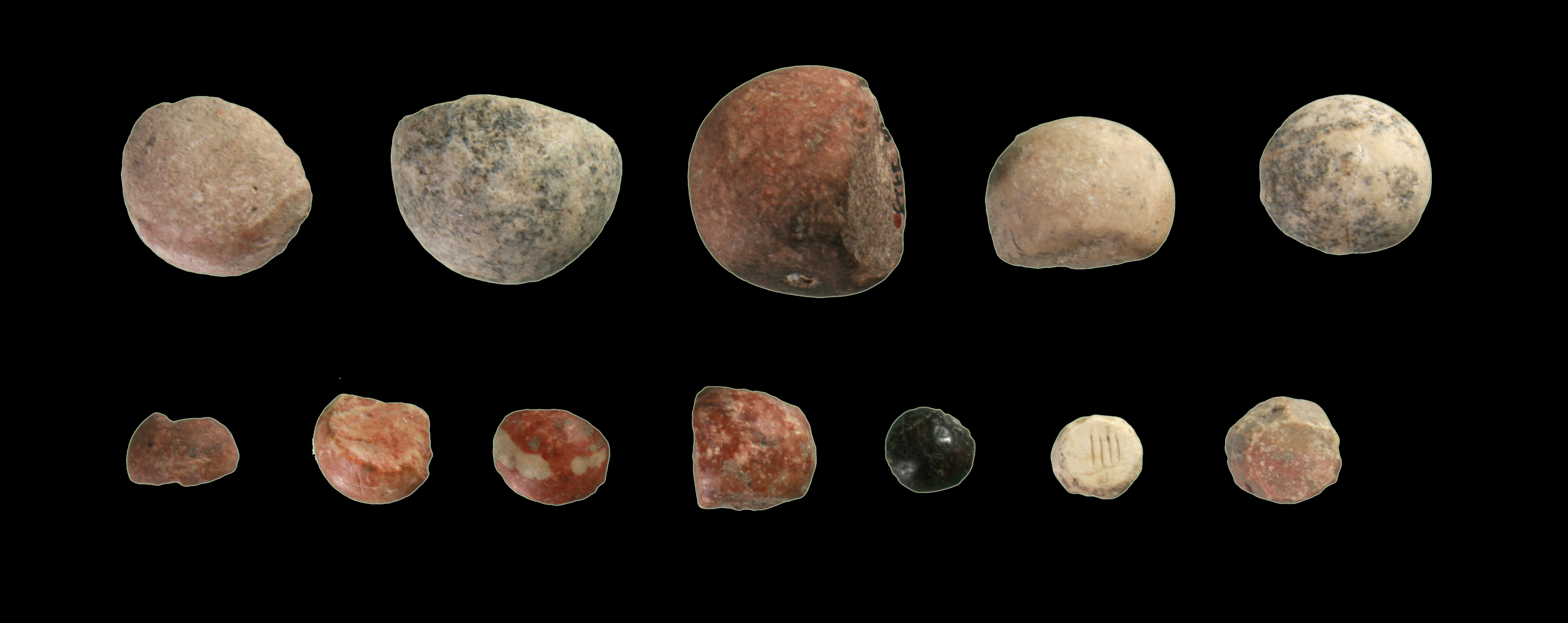
A selection of various weights (not all of the same system) found by the Sifting Project
Discover more from The Temple Mount Sifting Project
Subscribe to get the latest posts sent to your email.


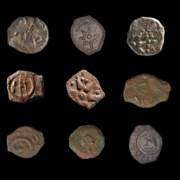









Reblogged this on Kattukse Vrienden voor Israël.